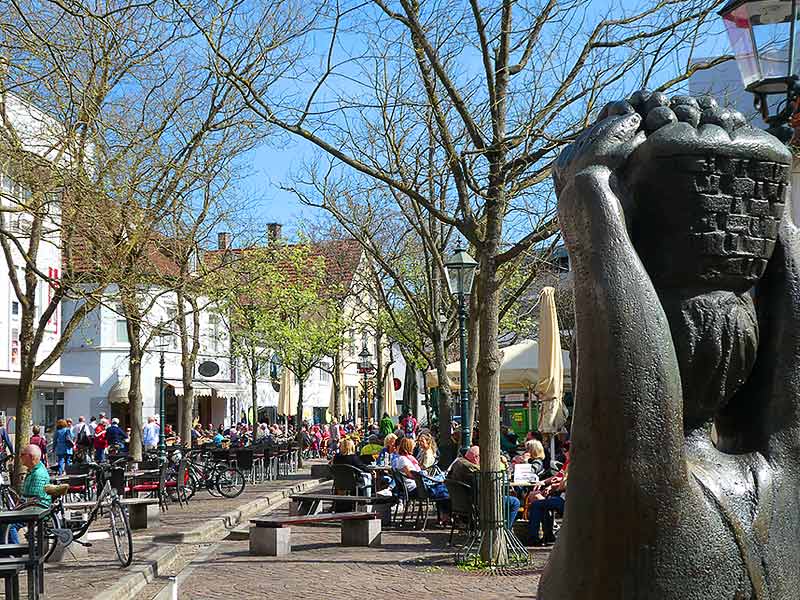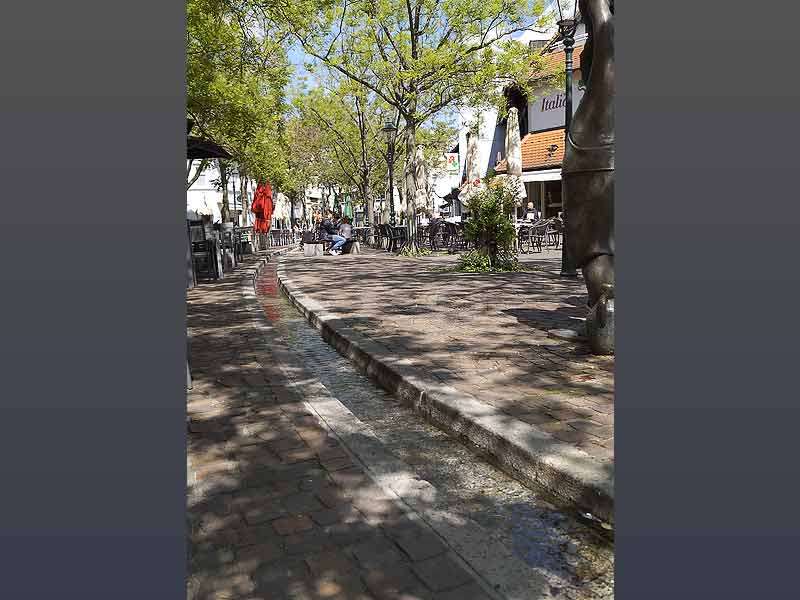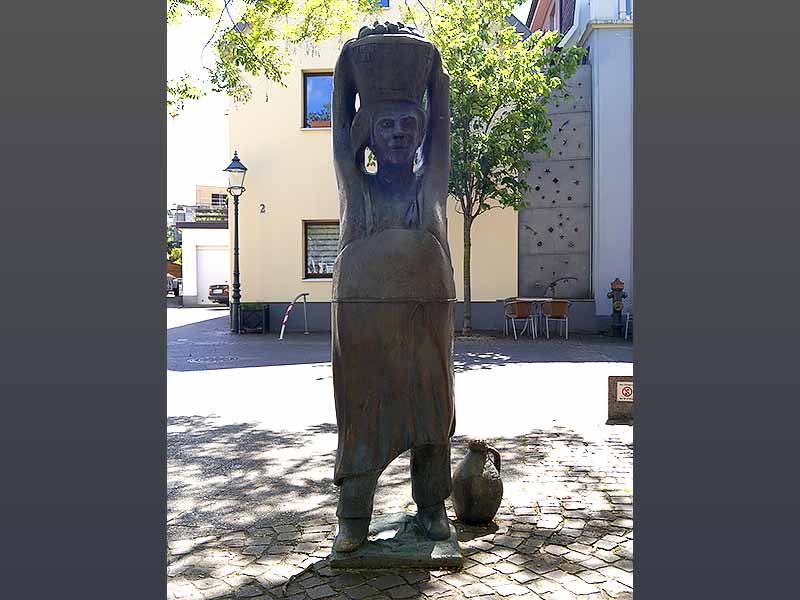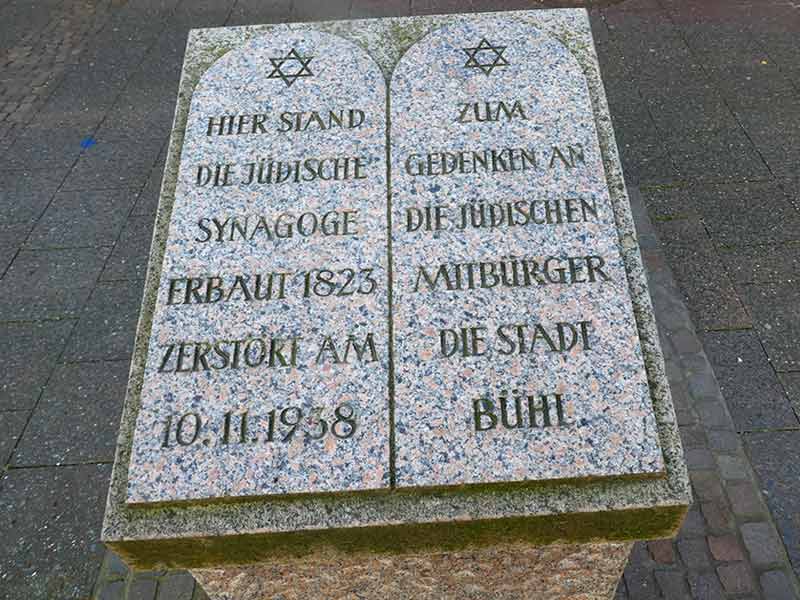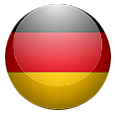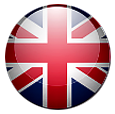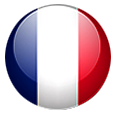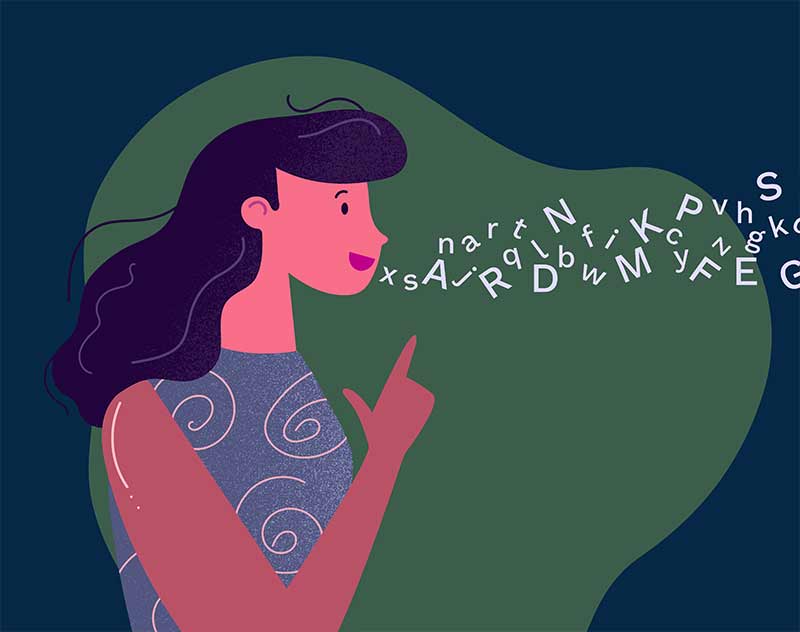Johannesplatz
-
Zentraler Treffpunkt der Stadt mit Gastronomiebetrieben (Bistros, Eisdielen, Restaurants) und Einzelhandel.
-
Skulptur Quetschebur (Zwetschgenbauer) 1987 von Heino Breilmann (1921 bis 2001) gestaltet. Stellt die Bedeutung der Zwetschge für die Region dar. Bis in die 1950er Jahre wurde die Bühler Frühzwetschge in ganz Europa geschätzt. Um 1930 verließen an einem guten Erntetag drei Güterzüge mit etwa 100 Waggons Frühzwetschgen den Zwetschgenbahnhof Bühl. Als dann immer mehr Obst aus dem Ausland nach Deutschland importiert wurde, das zudem das ganze Jahr über verfügbar war, verlor die Bühler Frühzwetschge ihre frühere Bedeutung. Doch auch heute spielt der Obstbau, vor allem im Nebenerwerb, noch eine wichtige Rolle in Bühl. Ihrer Zwetschge gedenken die Bühler beim Zwetschgenfest, das jährlich am zweiten September-Wochenende stattfindet.
Ein Mahnmal erinnert an die dort 1824 erbaute Synagoge. Sie wurde am Morgen nach der Reichspogromnacht angezündet.
-
In der Platzmitte, an der Stelle des kleinen Wasserlaufs, floss früher der Gewerbekanal.
